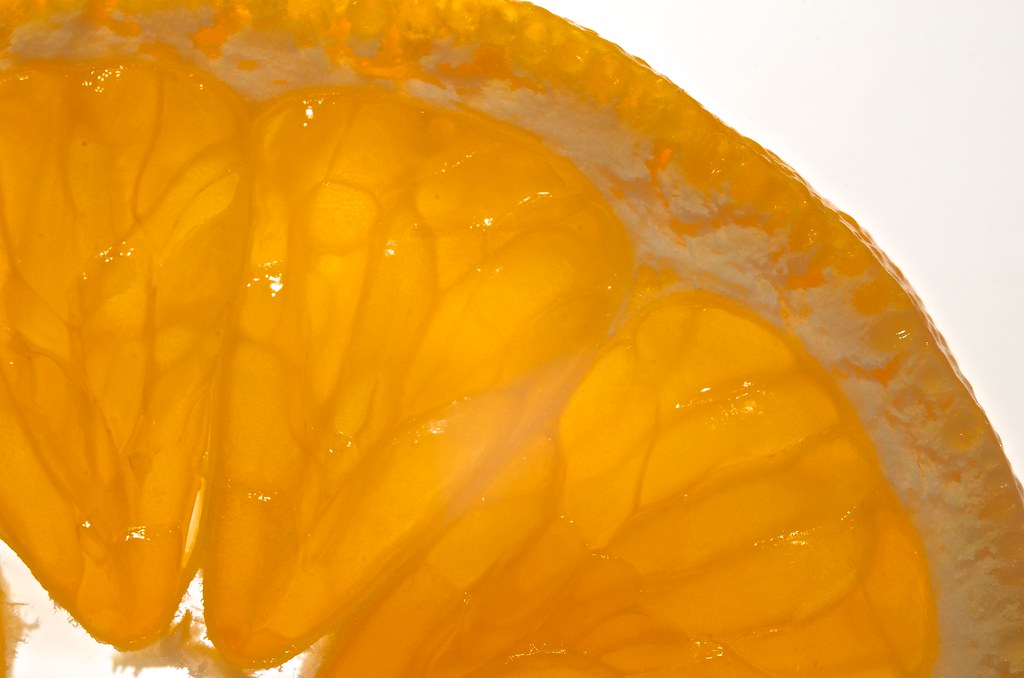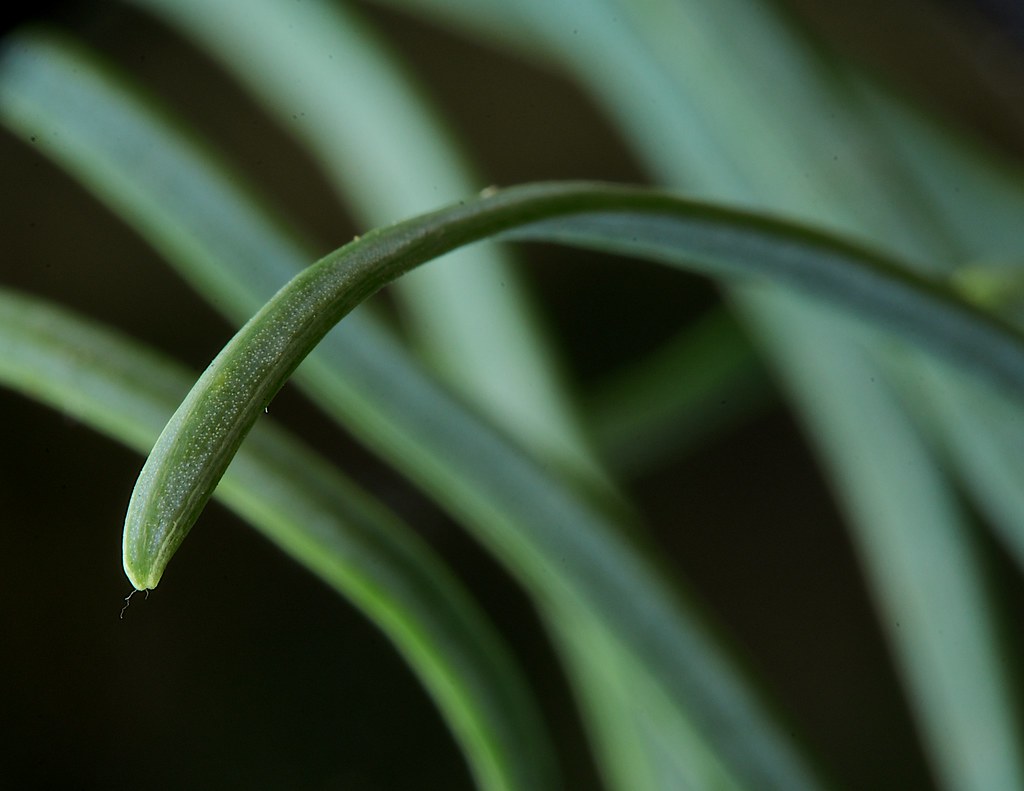 |
| Metadata: 18-55mm with reversed 55mm @ 55mm f36 1/60s ISO 250 |
High quality lenses with a 1:1 reproduction ratio suitable for true macro photography are extremely expensive. One of the best, the Nikon AF Micro-Nikkor 200mm f/4D IF-ED, costs about $1,794.95, so it's no surprise that the internet abounds with ways ways to cheaply modify lenses to increase the reproduction ratio. This page will show how to reverse and combine lenses to get really high reproduction ratios.
 |
| 50mm f1.8, @ f8 1/250s ISO 100 with SB-800 |
First, however, I should mention that there are other, easier ways of focusing closer to your subject, such as these macro lens attachments.
This is the simplest way to increase your reproduction ratio. These lenses are usually very inexpensive and usually come in sets labeled +1, +2, and +3, like mine on the right. they simply screw onto the end of an existing
lens (I put them on my 50mm f1.8 prime) and reduce the focusing distance a bit.
 |
| D7100 50mm f1.4 @ f10 1/60s ISO 100 with three flashes |
A way to get even closer, however, is to attach the lens backwards, either with a reversing ring (also known as a macro mount) or with electrical tape like here (though I was only shooting indoors with this). This lens arrangement allows you to focus much closer than with a set of macro lens attachments, but you lose the ability to use any lens automation—no camera controlled aperture, no autofocus, no distance metering (which only applies to D lenses)—so all that has to be set manually. As a result, this technique works best with lenses that have an aperture ring. Gelded lenses lack the aperture ring, so if they are detached from the camera they will only shoot at their minimum aperture, which makes focusing and framing difficult because the vewfinder is very dark. The reversed lens should always be focused to infinity, I found it helpful to tape the focus so it couldn't drift (unnecessary on lenses with internal focus motors as the internal motor should hold it in place)
Here's an example with a clementine (not a full sized orange):
 |
| 50mm f1.8 reversed @ f22 2s ISO 100 |
If this isn't close enough for you (and it wasn't close enough for me), you can actually combine multiple lenses. I attached my 18-55mm G lens to the end of my 50mm prime with a piece of electrical tape, making a lens that focused far closer to the subject and was actually durable enough to use without any worry of getting dust into the camera or having the lens fall off.
 |
| D7000 50mm f1.4 @ f10 1/60s ISO 125 |
 |
| D7000 50mm f1.4 @ f10 1/60s ISO 125 |











1 800 GET LENS Coupon
ReplyDeleteThe GET LENS Coupon Chronicles
You’ll locate this digital mirror on every item page. Glasses work by positioning a lens before the eye to correct the focus. The big reason for people needing glasses is a result of the eye being unable to completely focus an image on the retina.